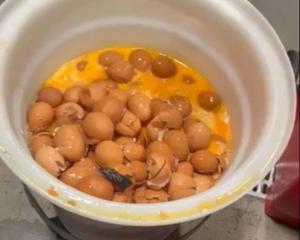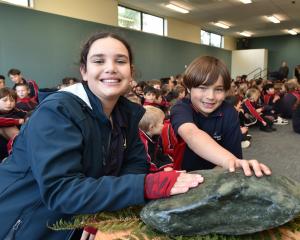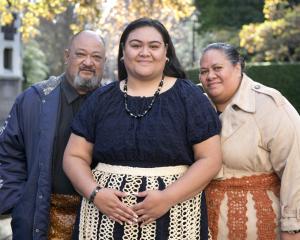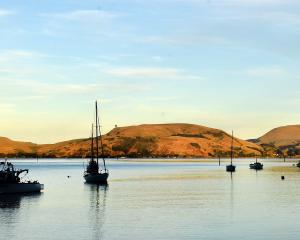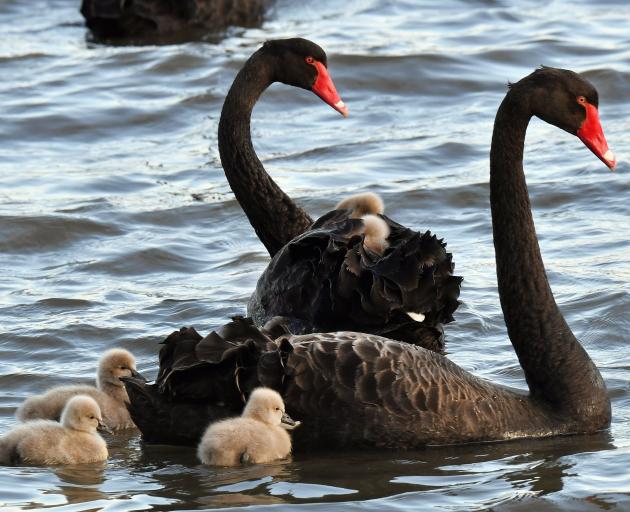
The Cawthron Institute completed an ecological assessment of the Clutha district’s Lake Tuakitoto and Tomahawk Lagoon to provide options for the water bodies’ rehabilitation to the Otago Regional Council.
The next steps are due to be discussed at the council’s environmental implementation committee meeting tomorrow.
Both shallow coastal lakes were being compromised by continued degradation of water quality, affecting the ecological health of the lakes, the report said.
Monitoring data for the two Tomahawk lagoons, both the upper and lower lagoons, collected since 2016, showed that the lagoons and the creeks that lead into them breached regional and national water quality guidelines.
The lagoons were subject to occasional cyanobacterial algal blooms, harmful to people and animals, especially dogs, it said.
The presence of black swans and a self-sustaining population of European perch in the lagoons were identified as affecting the lagoons’ water quality.
"Restoration options for the Tomahawk Lagoons are somewhat constrained due to the encroachment of urban areas and the fact that the lagoons are managed as a wildlife reserve", the report said.
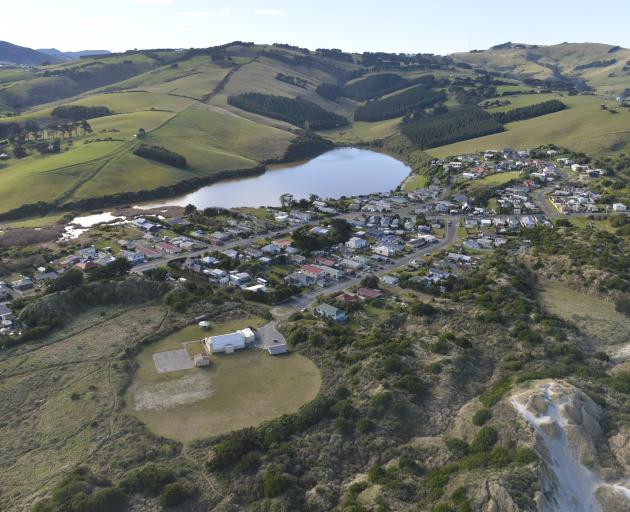
"However, when swan culling has been undertaken elsewhere by Fish & Game, recolonisation by swans from the larger South Island population has been rapid.
"Furthermore, the Tomahawk Lagoons are a wildlife refuge, making it unlikely that approval for a long-term programme of swan culling could be obtained."
The report said the greatest priority would be to manage high nutrient and sediment concentrations in the inflow creeks, "which highlights the need for reductions in contaminant flows from land to waterways".
At Lake Tuakitoto, total nitrogen and total phosphorus concentrations were affecting the water body’s ecological health, the report said.
Thick macroalgae mats covered about 70% of the lake bed, it said.
The macroalgae mats contributed to highly variable water quality conditions and smothered native freshwater mussels (kākahi) and their habitat.
Kākahi had declined by 85% since observations were first made in the 1990s.
The greatest priority for managing ecosystem health in Lake Tuakitoto should be focused on reducing nutrient loads to the lake, the report said.


